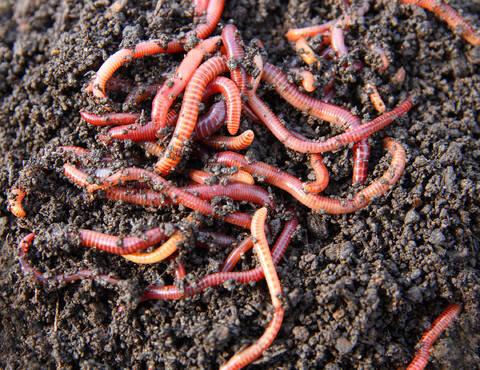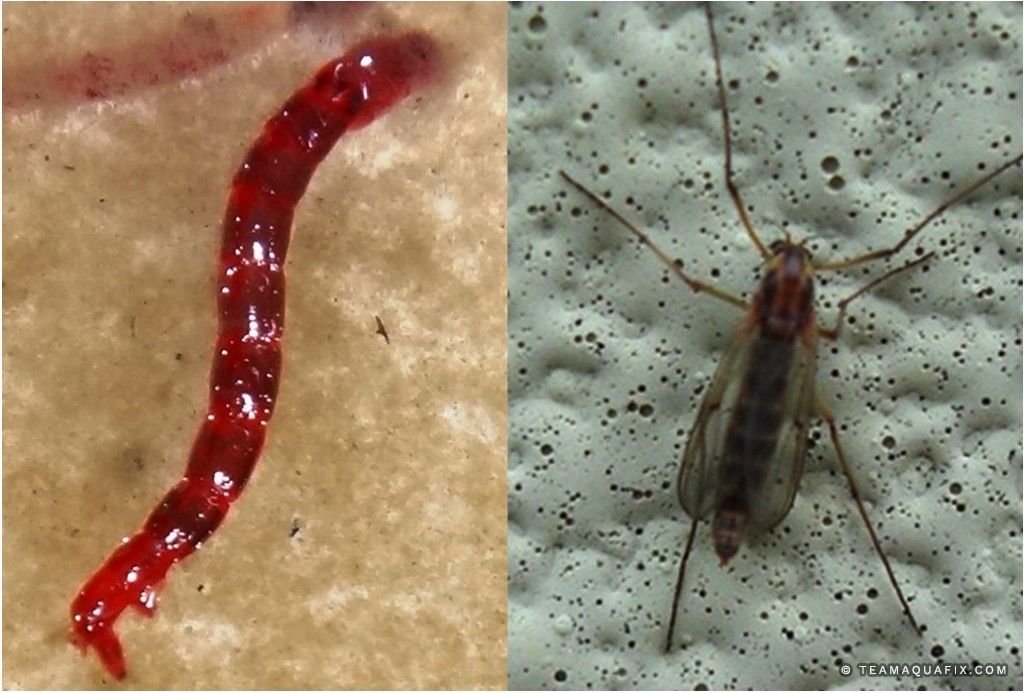Red worms: Where to buy
Red worms: Where to buy
Blog Article
Transform Your Yard With Red Wigglers: Advice
Red wigglers are not simply a curiosity for compost fanatics; they are essential agents of improvement for any type of yard. By developing a fundamental worm container and comprehending the nutritional needs of these remarkable creatures, garden enthusiasts can significantly enhance dirt quality and plant health. The procedure of converting natural waste into rich, fertile castings is both simple and satisfying. The real capacity of red wigglers goes beyond mere composting. Discovering the nuances of their treatment and the varied applications of their byproducts can open even higher advantages for your horticulture undertakings.

Advantages of Red Wigglers
Red wigglers, scientifically recognized as Eisenia fetida, are commonly hailed as nature's composting champions. These impressive worms serve a number of essential benefits that can significantly improve yard health and productivity.

Another noteworthy benefit of red wigglers is their capacity to lower waste. By composting organic materials that would certainly or else add to garbage dump waste, they play a crucial function in lasting gardening methods. Including these worms right into your horticulture routine can lead to raised returns, much healthier plants, and a more dynamic garden setting, making them indispensable allies for gardeners looking for to boost their eco-friendly impact.
Setting Up a Worm Bin
Developing a worm bin is an important action for anyone seeking to harness the benefits of red wigglers in their gardening initiatives. An ideal worm container can be made from different materials, including plastic containers, wooden cages, or readily available worm containers. The first factor to consider is dimension; a bin that goes to least 2 feet broad, 3 feet long, and 1 foot deep is normally optimal for a tiny to medium number of worms.
Next, ensure correct drainage and ventilation. Pierce holes in the base for excess moisture to leave and in the sides for airflow. It's vital to develop a bed linen layer, utilizing materials such as shredded paper, cardboard, or coconut coir to provide a comfy setting for the worms. The bed linens ought to be wet yet not soaked, looking like a damp sponge.
Area the bin in a location that maintains a regular temperature, preferably in between 55 ° F and 77 ° F. Avoid direct sunlight or severe cool, as these conditions can harm the worms. Once the bin is established, allow the bedding to opt for a few days before presenting the red wigglers, ensuring they have a flourishing setting in which to grow.
Feeding Your Red Wigglers
As soon as the worm bin is developed and the red wigglers are presented, appropriate feeding becomes vital to preserving a healthy and balanced worm population. Red wigglers prosper on a diverse diet plan, largely being composed of kitchen scraps and organic products.
When presenting food, chop the scraps into smaller items to promote quicker intake. Furthermore, hide the food beneath a layer of bed linens product to stop fruit flies and other hassles. Monitor the feeding regularity; a general regulation is to supply food every 1-2 weeks, relying on the number of worms and the amount of food waste produced.

Gathering Worm Spreadings
Just how can you inform when it's time to gather worm castings from your bin? The readiness of worm castings is suggested by a few crucial signs. First, the product in the container need to show up dark, crunchy, and rich in structure, looking like a fine dirt. Additionally, the initial food scraps should be significantly damaged down or virtually unrecognizable, indicating that the worms have actually properly refined them.
One more indicator is the decrease in worm activity; as the spreadings collect, worms tend to move towards fresher food resources. If you observe a decline in worm activity and the existence of castings at the end of the bin, it's a clear signal that harvesting is due.
To collect, carefully scoop out the spreadings, taking care to decrease disturbance to the worms. A preferred technique entails separating the spreadings utilizing light; worms tend to delve away from the light, enabling you to accumulate the castings extra quickly.
Harvesting consistently, around every three to 6 months, guarantees a regular supply of this nutrient-rich amendment for your horticulture ventures. Remember, the quality of your spreadings directly affects the wellness of your plants.
Utilizing Spreadings in Your Yard
(red wigglers for sale near me)Utilizing worm spreadings in your garden can dramatically boost soil health and plant development - red worms. These nutrient-rich organic plant foods offer important macro and trace elements, enhancing the total fertility of your soil. By including worm spreadings right website link into your garden beds, you can advertise advantageous microbial task, which aids in nutrition accessibility and enhances dirt framework
To use worm spreadings successfully, blend them into the leading few inches of dirt prior to planting. This makes certain that nutrients are readily easily accessible to your plants. Additionally, you can create a nutrient-dense fluid fertilizer by steeping worm spreadings in water for a week, then using the resulting "worm tea" directly to your plants. This approach not just offers prompt nutrients but also urges healthy root development.
Worm spreadings also improve wetness retention within the soil, reducing the demand for frequent watering. Their natural pH balance makes them ideal for numerous plant types, from veggies to ornamentals. On a regular basis integrating worm castings right into your horticulture routine can bring about robust plant development, boosted returns, and an overall much healthier garden ecosystem. Accept the advantages of worm spreadings for a successful and lasting garden.
Conclusion
Incorporating red wigglers into garden techniques supplies considerable benefits, including boosted soil fertility and improved plant health and wellness. By developing a worm container, offering ideal food, and on a regular basis harvesting nutrient-rich castings, gardeners can cultivate a sustainable ecosystem. Using worm spreadings and "worm tea" even more adds to moisture retention and nutrient availability in the soil. Ultimately, the assimilation of red wigglers assists in an effective and eco-friendly technique to gardening, promoting general environmental equilibrium.
Report this page